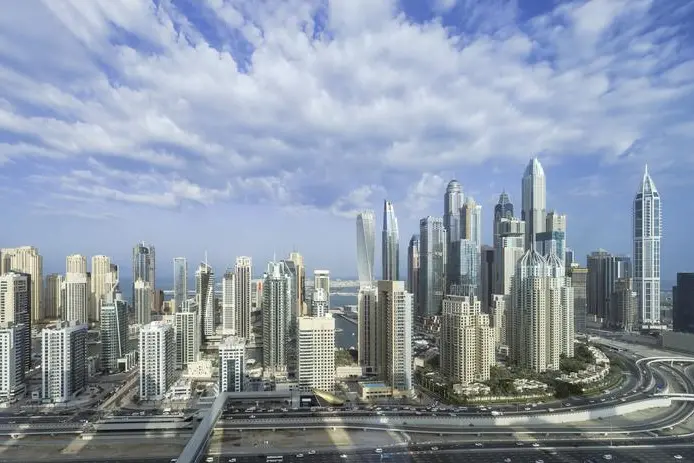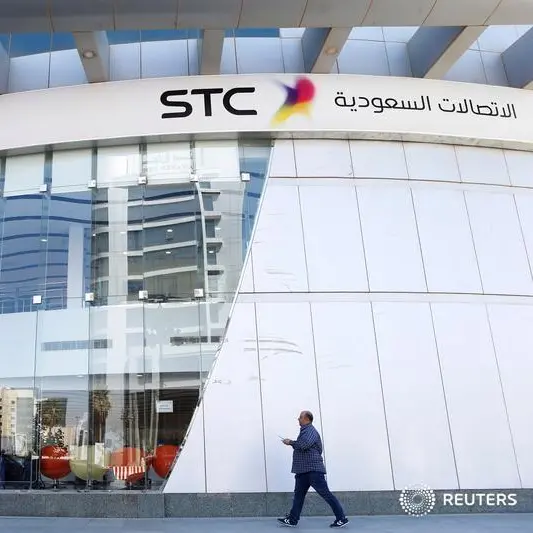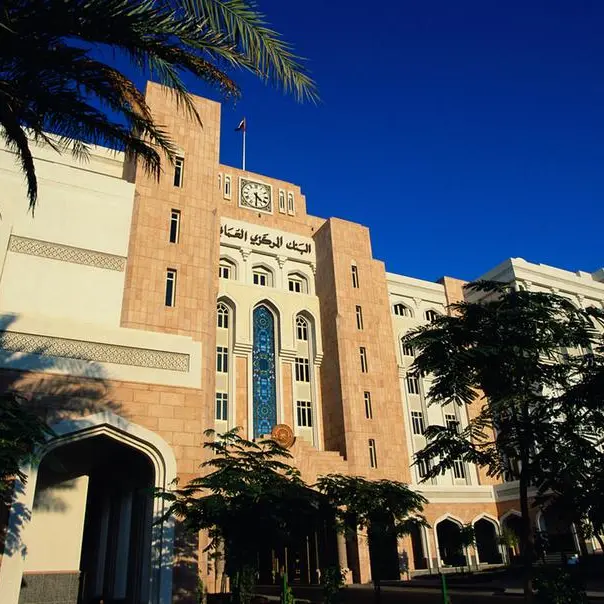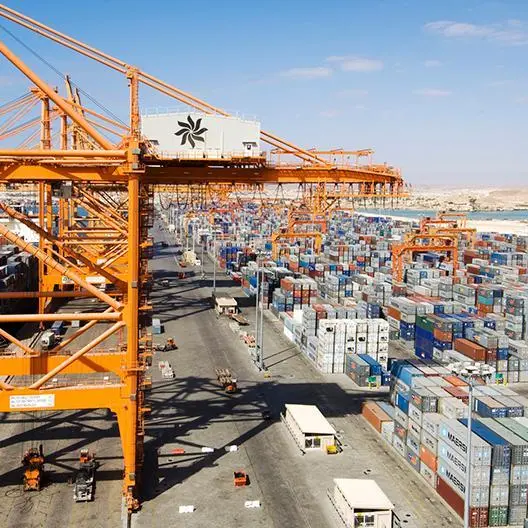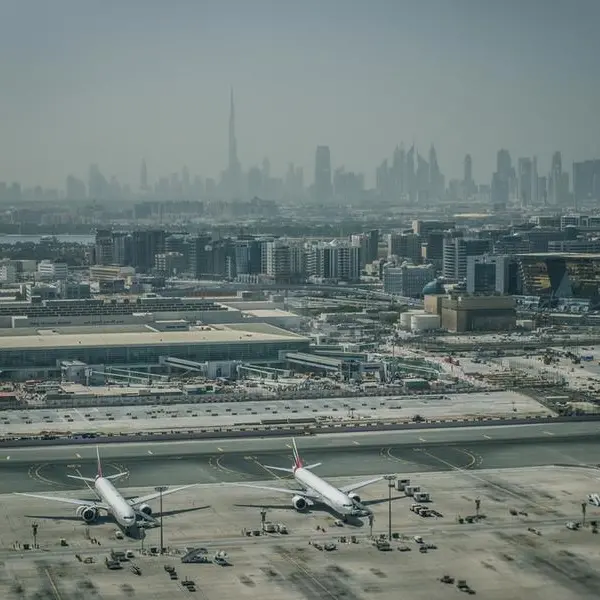PHOTO
Dubai’s realty sector, which witnessed a surge in the supply of residential units year-on-year in 2020 regardless of the disruptions caused by the pandemic, is expected to add 39,000 units in 2021.
Last year, the market saw the delivery of nearly 36,000 units, marking an increase over the number of units that were added to the market in the previous year, according to data supplied by real estate consultancy Core.
Data from Asteco also shows that 2019 saw a total of 31,000 residential units coming into the market in Dubai, comprising approximately 23,600 apartments and 7,400 villas. According to Data Finder, a total of 32,822 residential units in the freehold and non-freehold communities were completed in Dubai in the first nine months of 2019 and another 13,216 units have a completion date towards the end of 2019 or Q1 2020.
“We conservatively forecast nearly 39,000 units for 2021, however, further revisions are expected as forecasts will inherently depend on buyer confidence and an uptick in market sentiment as developers continue to adjust to ongoing market conditions,” said research analysts at Core.
In 2021, sales prices and rents to remain under downward pressure with apartment districts expected to face further headwinds while established villa districts that saw strong take-up over H2 2020 and now have limited supply are expected to see price resilience, said the report.
Prathyusha Gurrapu, head of Research and Advisory at CORE, said while disrupting the real estate market, the pandemic has also accelerated reforms. Measures to curb supply are gradually showing effect with major stakeholders collectively addressing Dubai’s oversupply
“Government-led demand drivers including a range of visa reforms, low-interest rates and attractive LTV (loan-to-value) ratios for first-time buyers are supporting and sustaining demand. These steps have also resulted in a slowdown in the off-plan market and relative resilience in the secondary market with record transaction volumes seen, largely led by end-user buyers,” said Gurrapu.
This year, secondary sales transactions are expected to be steady as underlying demand is supported by lower capital values and demand drivers such as financial, visa and social reforms. “ We expect new launch volumes to further reduce in 2021 as developers re-strategize and focus on the absorption of existing inventory.”
Gurrapu said although the impact of Covid-19 has pushed price recovery further ahead, the market has started to witness resilience in sales prices as values reach development costs in many districts. “Villa districts have particularly fared well due to rising demand from occupiers requiring more space and open areas as they adjusted to changes in working arrangements. However, apartment districts maintain their downward trajectory and are yet to show signs of plateauing,” said Gurrapu.
The Core report said despite a challenging 2020, secondary market transaction activity saw an increase of 7.0 per cent over 2019 volumes. “Significantly lower buying costs and a raft of government-led demand drivers are the biggest factors currently supporting transaction activity. In fact, after the initial slump in April and May 2020 due to movement restrictions, December witnessed the highest monthly transaction volumes in two years.”
However, off-plan market activity contracted significantly by 32 per cent year-on-year in 2020 as buyers preferred ready units to avoid further uncertainty and we expect this trend to continue in 2021. “In line with government directives and recent news of many major developers scaling back on new project launches, 202 per cent compared to 2019 as developers increasingly recalibrate and focus on existing inventories,” said the report.
In 2020, apartment districts continue to see sharp declines, with a few prime districts such as Downtown Dubai (-4.0 per cent), Palm Jumeirah (-4.0 per cent) comparatively bucking the trend. The more affordable apartment districts such as Discovery Gardens (-15 per cent) and Dubailand (-15 per cent) have been the weakest performing areas over 2020.
“Looking historically from the peak values of 2014, villas dropped nearly 31 per cent while apartment districts dropped over 35 per cent with older districts such as JLT and Discovery Gardens witnessing over a 40 per cent drop over the last six years.
“However, the villa market has displayed relative levels of resilience with lower year-on-year declines due to evolving occupier needs in the wake of Covid-19. The Springs and The Meadows (+1.0 per cent)), Arabian Ranches (-3.0 per cent)), Palm Jumeirah (-4.0 per cent)) were the most resilient villa districts with nominal changes in year-on-year sales prices, bolstered by a strong Q4 transaction market performance,” said Gurrapu.
Rents in apartment districts, in general, have fallen sharper than villa districts with a higher share of apartment districts witnessing double-digit drops. The weakest performing apartment areas are Dubai Sports City (-19 per cent)) and Dubailand (-19 per cent)). Villa communities witnessing the sharpest year-on-year declines are Jumeirah Village Circle (-13 per cent)) followed by Reem-Mira and The Villa in Dubailand (-11 per cent)). Prime villa locations like the Palm Jumeirah (-4.0 per cent)) and Emirates Hills (-4.0 per cent)) have shown resilience in rental drops, particularly in the upper end of the market as high absorption witnessed over H2 2020 has resulted in limited stock currently available in the market.
In 2020, from peak rents witnessed in 2014, villas dropped nearly 33 per cent while apartment districts dropped over 40 per cent with many districts displaying reductions over the 45 per cent mark over the last six years. As rents fall at a faster pace compared to sales prices, yield contractions have been witnessed across villas and apartment districts.
Copyright © 2021 Khaleej Times. All Rights Reserved. Provided by SyndiGate Media Inc. (Syndigate.info).
